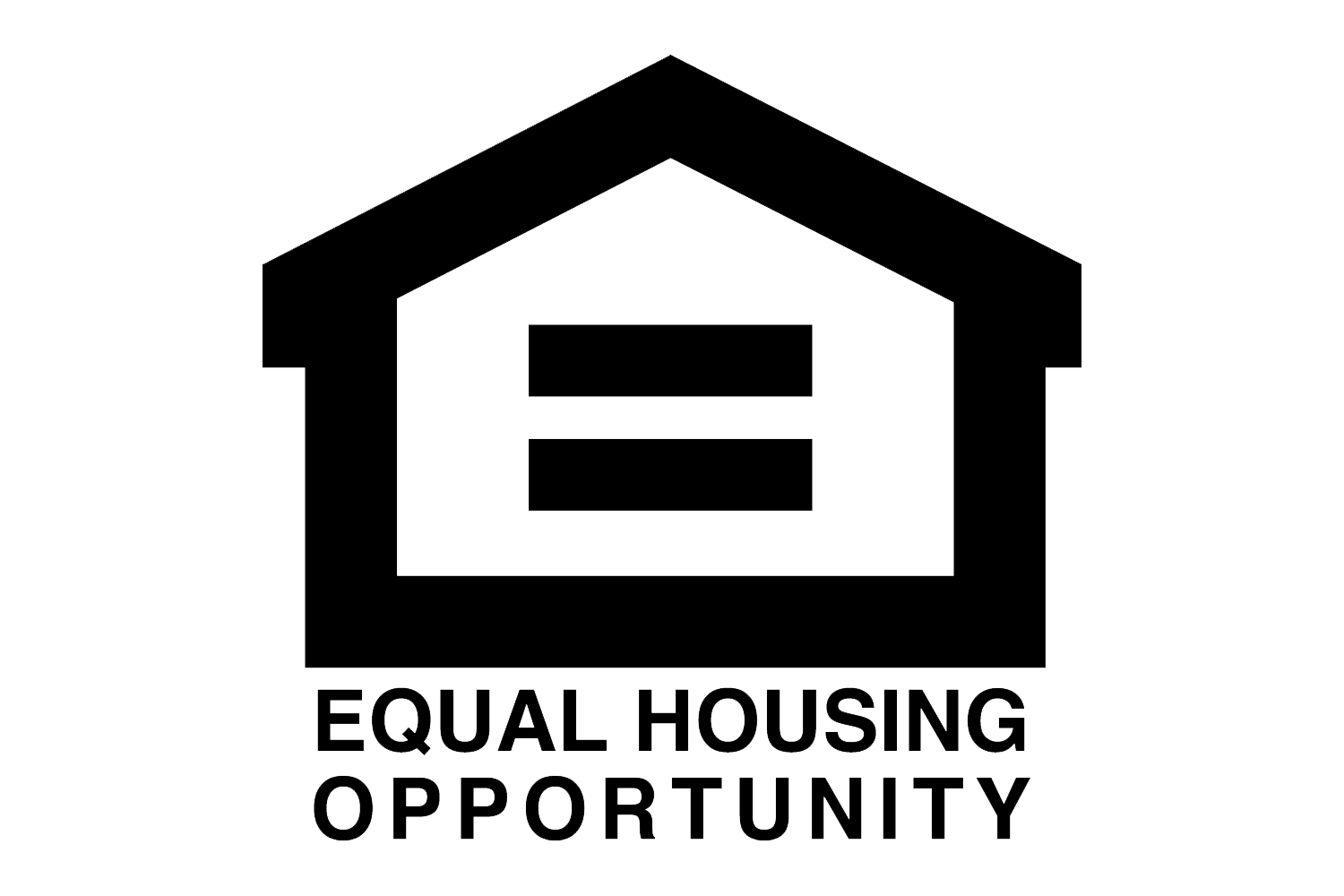Everybody talks about toxic loans – but where did they come from and why are there so many of them?
It all started when some in government decided that everyone had the right to own a home, regardless of their income status. That was followed by Congress urging banks to relax their underwriting standards a bit.
Before long we had government programs allowing zero down, and soon after that the qualifications for obtaining a loan almost disappeared.
We had no-doc loans, low-doc loans, and stated income loans. These were wonderful for self-employed people who routinely write off every possible expense for income tax purposes. Even though they could afford the payments, their financial statements looked like they couldn’t even afford to rent a room.
But then those loans were offered to people who weren’t self-employed – or employed at all.
And along came teaser rates and Adjustable Rate Mortgages. Lenders were allowed to “qualify” buyers based on zero or 1% interest. The promise was that since home prices were rising so fast, and since the borrower would no doubt be earning a higher income in 3 years, they could refinance before their new “sub-prime” rate of 7 or 8% kicked in.
As we know, that didn’t happen. A loan on a $150,000 home at 1% carried a principal and interest payment of $482. When the interest rate on that loan suddenly jumped to 7.9% the payment jumped to $1,090 per month – plus taxes, insurance, and mortgage insurance. Even worse, in some cases the interest the borrower hadn’t been paying was tacked on to the end of their loan, so at the end of 36 months, they actually owed about $170,000 – with a new payment of $1,270 plus.
With underwriting standards that allowed about 50% debt to income – once the rate reset, the new loan payment equaled ALL of their income – or more.
So – the banks knew that these low income borrowers wouldn’t be able to keep up with payments that size. Why did they make the loans?
Because there was no risk.
As soon as the loans were made, they were bundled in with other loans and sold as mortgage-backed securities. In some cases, they were sold as “A-paper,” which the banks knew they were not. That’s why some of the higher-ups from Countrywide were stripped of their positions – if not their bonuses.
These kinds of deceptive and fraudulent loan practices are the reason behind the new regulations and the new, tighter underwriting standards. And while it would be nice to think these standards will be the cure-all, the effect remains to be seen.
They may be too stringent – locking people out who DO have the ability and the desire to pay. At the same time, the regulations come with exceptions that could easily open the door to the same kind of toxic loans that are in trouble today. Four or five years from now we can look back and see whether the provisions of the Dodd-Frank Act were beneficial or if they came with unintended consequences that harmed the housing industry.
We know why the banks went along with the plan. It was all gain and no risk. As for why the government encouraged it – that we may never know.
Mike Clover
Homewood Mortgage,LLC
www.mikeclover.com








Pingback: k2 liquid diablo
Pingback: bk8 thai
Pingback: แทงบอล 4 ตังค์
Pingback: ขายสายแลน
Pingback: naza24
Pingback: ชั้นวางสินค้าอุตสาหกรรม
Pingback: welsh bunnies
Pingback: animal porn
Pingback: animal porn
Pingback: Casino Online
Pingback: fortnite hacks
Pingback: 1688SAGAME เว็บตรง
Pingback: เรียนต่อออสเตรเลีย
Pingback: ตกแต่งภายในหาดใหญ่
Pingback: https://stealthex.io
Pingback: ข้อดีของการ ทดลองเล่น สล็อต Joker ก่อนเล่นจริง
Pingback: hack wall APEX
Pingback: ธุรกิจงานศพ
Pingback: เว็บพนันเกาหลี
Pingback: เครื่องล้างจาน
Pingback: เดิมพัน หวยออนไลน์ บาทละ 1000 กับ LSM99 ต้องทำอย่างไร ?
Pingback: ของพรีเมี่ยม
Pingback: sexy chat
Pingback: Доставка авто з США
Pingback: kc9
Pingback: highbay
Pingback: FA FA789 สล็อต เว็บตรง ฝาก-ถอน true wallet ไม่มี ขั้น ต่ำ
Pingback: Resmi web sitesi
Pingback: โคมไฟ
Pingback: รับติดตั้งระบบระบายอากาศ
Pingback: Ricky Casino
Pingback: malabar mushroom
Pingback: check the article